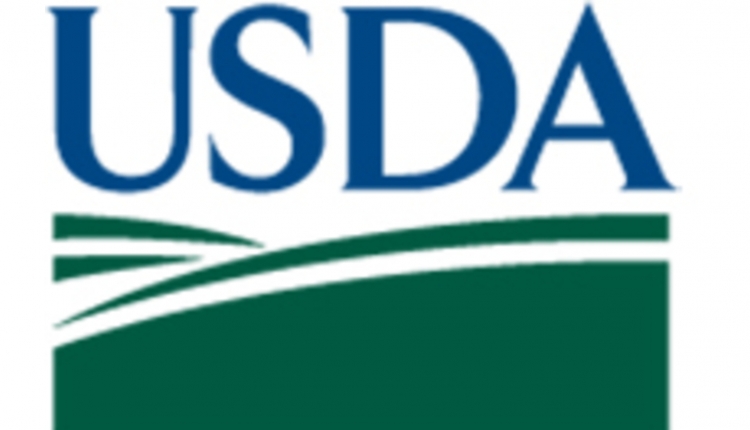As dairy farms continue to consolidate, intuition would suggest that those who still milk cows would garner more collective marketing power. Unfortunately, even swifter-paced mergers in both processing and retailing have caused us to actually lose bargaining power. To hold our margins, we will have to work more collaboratively or we will reap an ever smaller share of the retail food dollar.
The 1922 Capper-Volstead Act gave all farmers the ability to jointly market without antitrust constraints. Despite over 90 years of joint bargaining power, dairy co-ops only influence just over four out of every five pounds of U.S. milk production. Even so, not all that milk is truly in the collective cooperative bulk tank. Some co-ops are simply milk testing entities which are largely outside the milk marketing relationship between producer and processor.
The costs of updating plants has also caused more co-ops to shed processing facilities which has further eroded producer influence. Less than two decades ago, two of the top three dairy processors were cooperatives. Today, the top three dairy product manufacturers are proprietary plants, as authors Bradley Rach and Richard Levins point out on page 399. Those three leading processors - Dean Foods, Nestle USA and Saputo - also had more dairy product sales than the top 16 co-ops combined in 2011. This should draw the concern of all those milking cows.
There is another troubling trend. Our abundant and steadily growing U.S. milk supply is one reason why 25 percent of the top 12 U.S. dairy processors have headquarters outside our borders. These organizations believe U.S. dairy producers will continue to expand milk production. While we welcome the outside investment, we believe those financial outlays are also a factor why many processors have spoken out strongly against the market stabilization portion of the Dairy Security Act (DSA). Ensuring a relatively low-cost, steadily growing stream of milk is a fixture of their long-term business model.
It is only fair to point out that all dairy product manufacturers are looking to trim costs to deal with the Goliath in the retail food chain, Walmart. The Arkansas-based retailer's food sales are now larger than the combination of its next three competitors.
Given these mounting economic realities, there isn't a dairy producer large enough to go it alone over the long haul. Likewise, co-ops both large and small must work more cooperatively with one another. Failure to do so will result in a landscape that yields less returns for all of us.
This editorial appears on page 408 of the June issue of Hoard's Dairyman.
The 1922 Capper-Volstead Act gave all farmers the ability to jointly market without antitrust constraints. Despite over 90 years of joint bargaining power, dairy co-ops only influence just over four out of every five pounds of U.S. milk production. Even so, not all that milk is truly in the collective cooperative bulk tank. Some co-ops are simply milk testing entities which are largely outside the milk marketing relationship between producer and processor.
The costs of updating plants has also caused more co-ops to shed processing facilities which has further eroded producer influence. Less than two decades ago, two of the top three dairy processors were cooperatives. Today, the top three dairy product manufacturers are proprietary plants, as authors Bradley Rach and Richard Levins point out on page 399. Those three leading processors - Dean Foods, Nestle USA and Saputo - also had more dairy product sales than the top 16 co-ops combined in 2011. This should draw the concern of all those milking cows.
There is another troubling trend. Our abundant and steadily growing U.S. milk supply is one reason why 25 percent of the top 12 U.S. dairy processors have headquarters outside our borders. These organizations believe U.S. dairy producers will continue to expand milk production. While we welcome the outside investment, we believe those financial outlays are also a factor why many processors have spoken out strongly against the market stabilization portion of the Dairy Security Act (DSA). Ensuring a relatively low-cost, steadily growing stream of milk is a fixture of their long-term business model.
It is only fair to point out that all dairy product manufacturers are looking to trim costs to deal with the Goliath in the retail food chain, Walmart. The Arkansas-based retailer's food sales are now larger than the combination of its next three competitors.
Given these mounting economic realities, there isn't a dairy producer large enough to go it alone over the long haul. Likewise, co-ops both large and small must work more cooperatively with one another. Failure to do so will result in a landscape that yields less returns for all of us.











